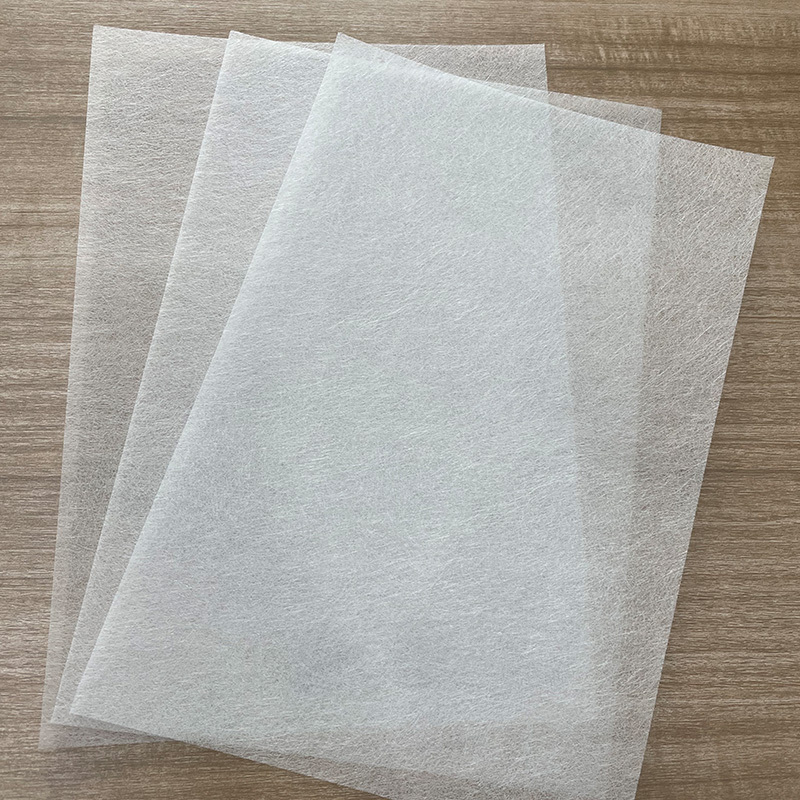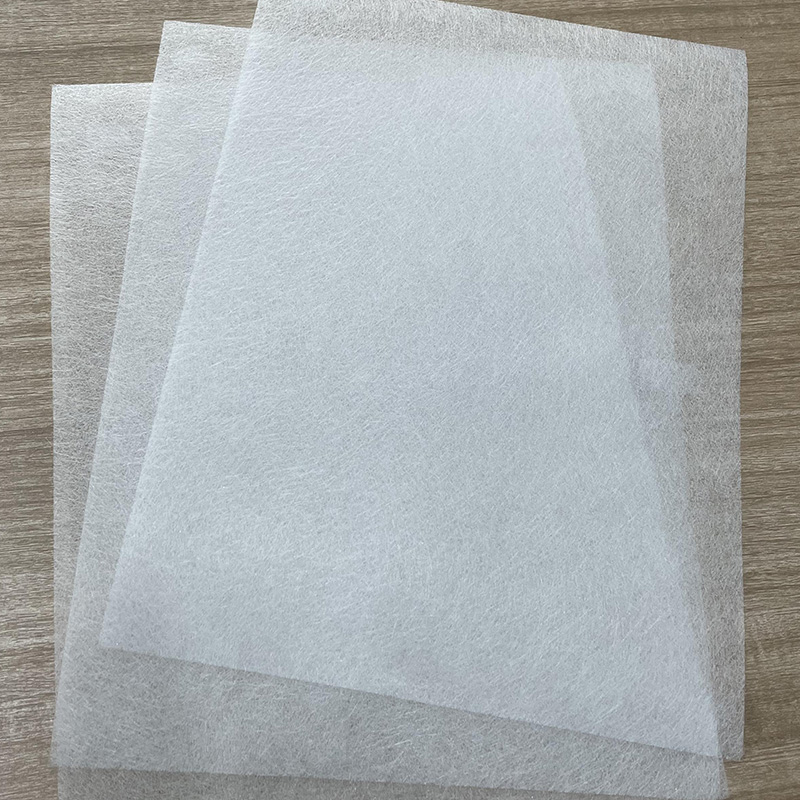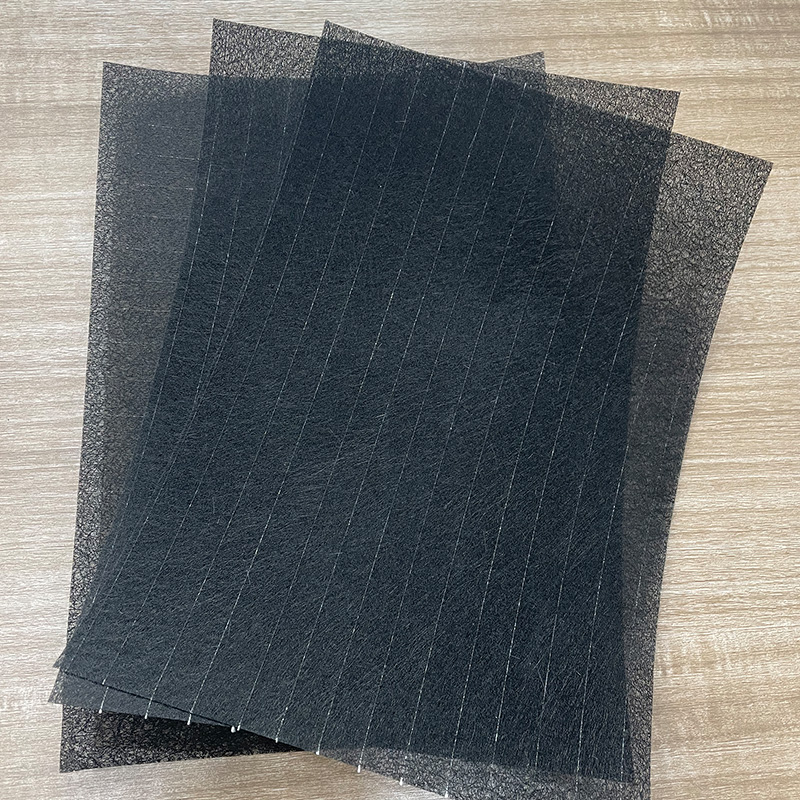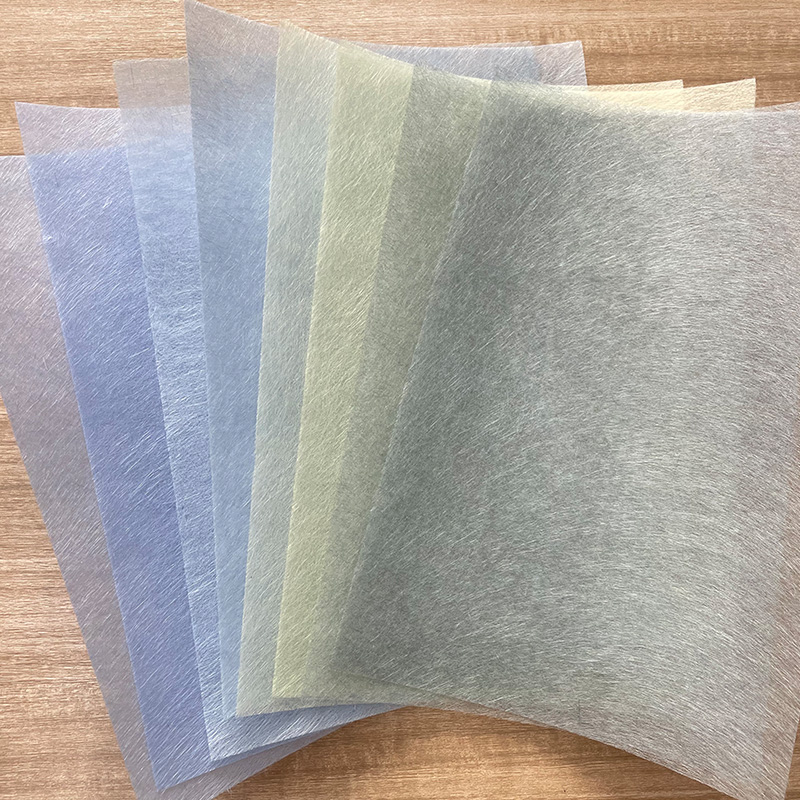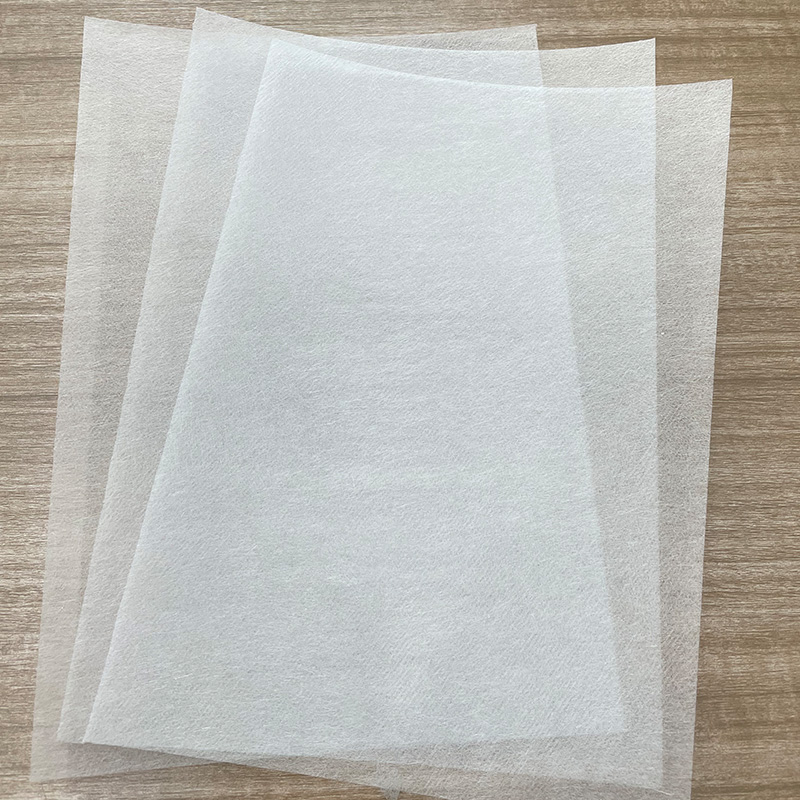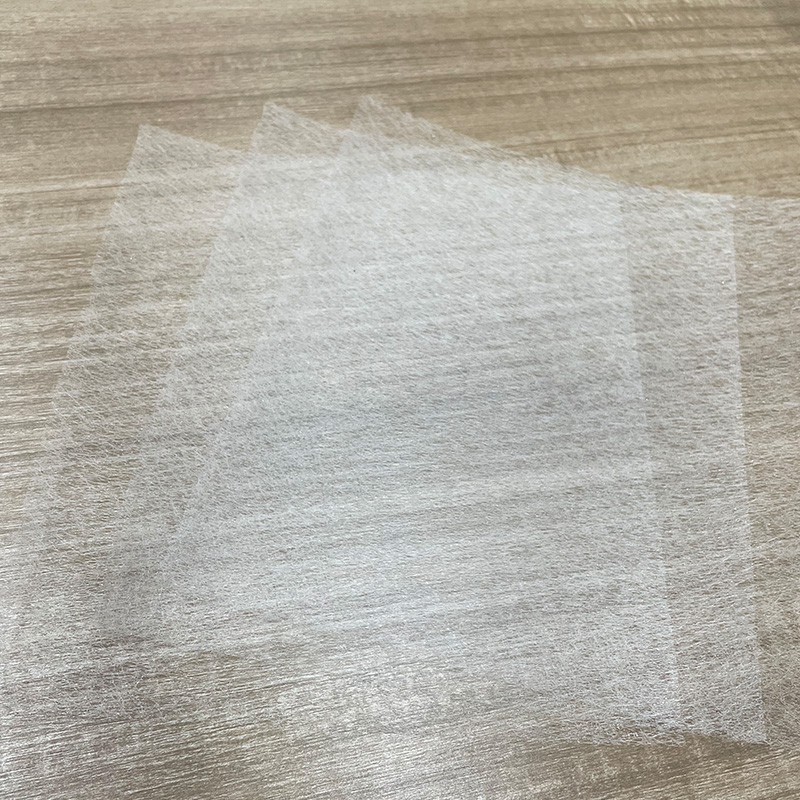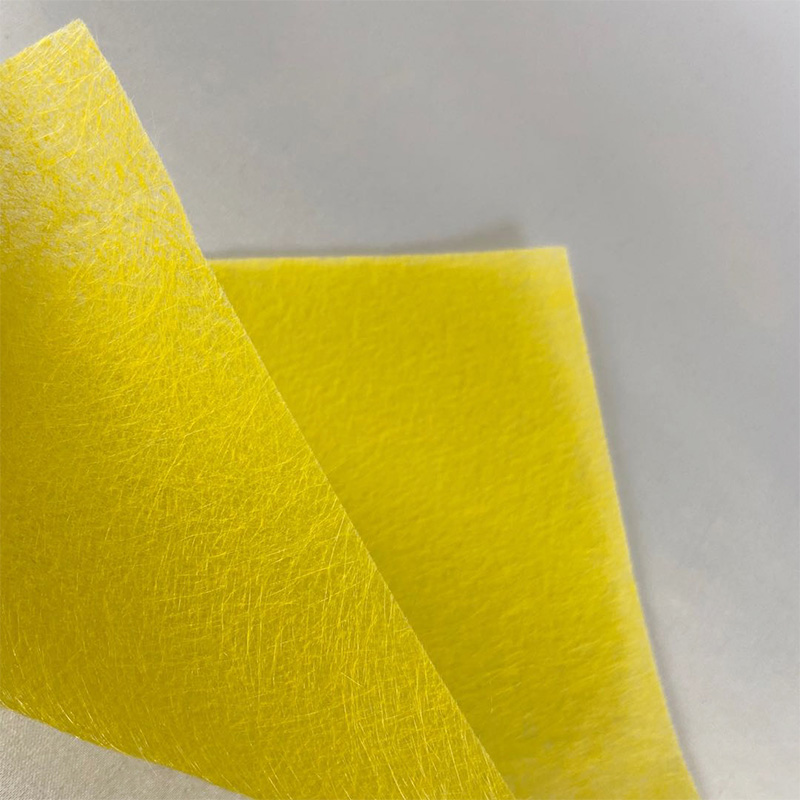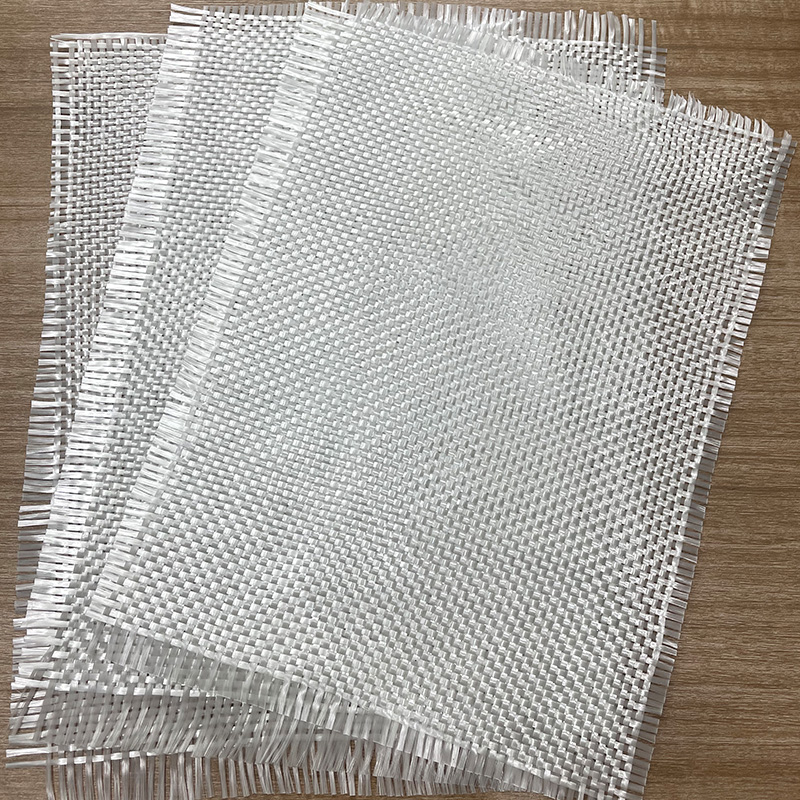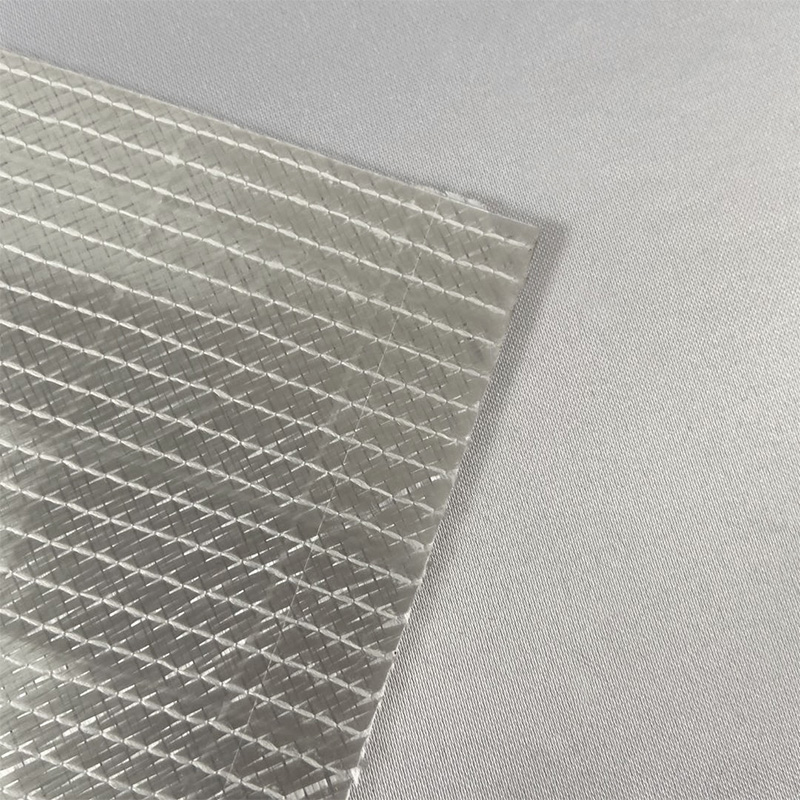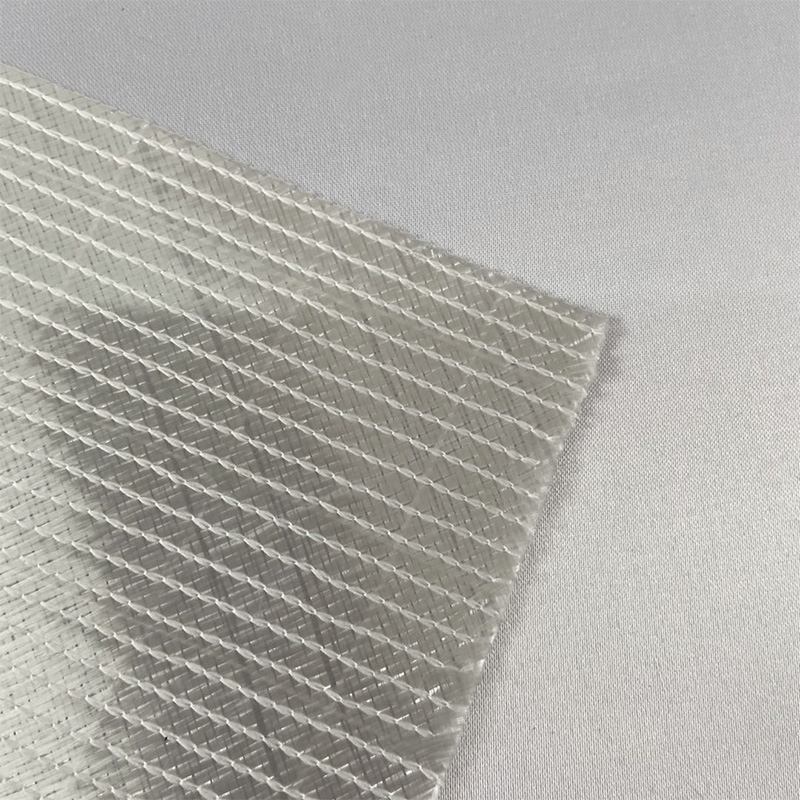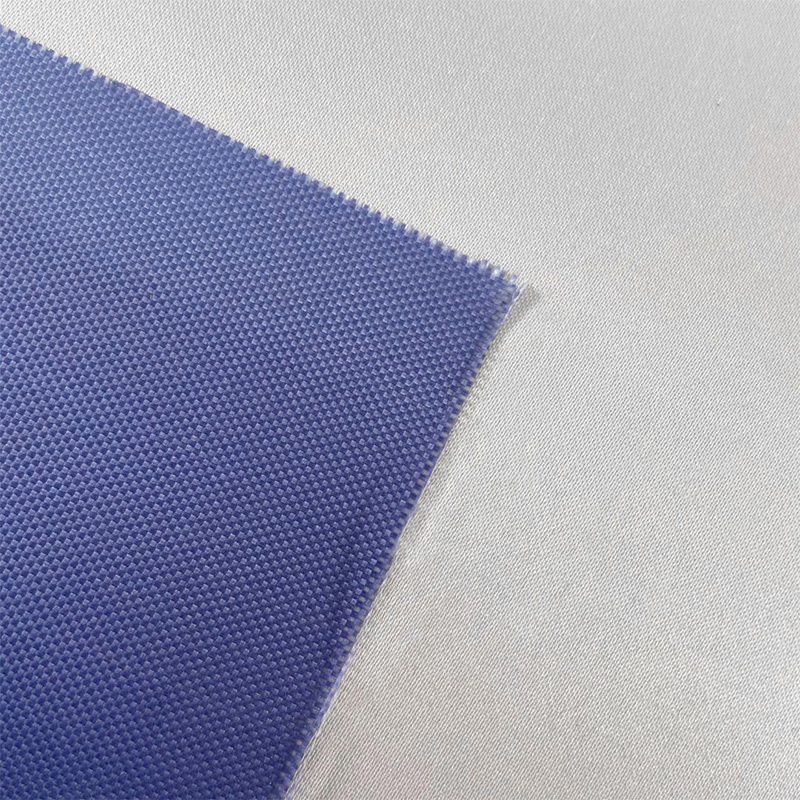Fiberglass Tissue Mat for Roofing, as one of the indispensable waterproof materials in the modern construction industry, plays a vital role in roof construction due to its excellent waterproof performance, excellent fiber distribution and strong tensile strength. However, in order to ensure that Fiberglass Tissue Mat for Roofing can maintain optimal performance during construction, its storage and transportation are crucial.
Storage precautions
Keep dry
The storage environment of Fiberglass Tissue Mat for Roofing must be kept dry. Excessive humidity may cause the material to absorb moisture, thereby affecting its performance and life. Therefore, ensure that the warehouse or storage area has good ventilation conditions to avoid moisture in the material.
Avoid direct sunlight
Long-term direct sunlight may increase the surface temperature of Fiberglass Tissue Mat for Roofing, thereby accelerating its aging process. Therefore, choose a cool place when storing and avoid direct sunlight on the material.
Vertical placement
Fiberglass Tissue Mat for Roofing should be placed vertically when stored to avoid deformation or damage of the roll. Vertical placement also helps maintain the flatness and integrity of the material, facilitating subsequent construction operations.
Keep the packaging intact
Fiberglass Tissue Mat for Roofing is usually sealed when it leaves the factory to prevent dust and moisture from entering. During storage, ensure that the packaging film remains intact until it is used. This helps keep the material clean and dry.
Avoid stacking too high
When storing Fiberglass Tissue Mat for Roofing, avoid stacking too high to prevent the roll from being compressed and deformed. The stacking height should be determined according to the specific specifications and weight of the material to ensure its stability and safety.
Regular inspection
It is necessary to inspect the stored Fiberglass Tissue Mat for Roofing regularly. This helps to promptly detect and deal with possible problems, such as moisture, deformation or damage. Once a problem is found, measures should be taken immediately to deal with it to ensure the availability of the material.
Transportation precautions
Choose appropriate transportation tools
Fiberglass Tissue Mat for Roofing should be transported using appropriate transportation tools, such as trucks or forklifts. These tools should have good stability and safety to ensure that the material is not damaged during transportation.
Securely fix
During transportation, Fiberglass Tissue Mat for Roofing should be securely fixed to avoid sliding or collision during transportation. This helps to protect the integrity and performance of the material.
Avoid prolonged exposure
Fiberglass Tissue Mat for Roofing should avoid prolonged exposure to adverse weather conditions such as high temperature, heavy rain or strong wind during transportation. These weather conditions may have an adverse effect on the performance of the material.
Follow traffic regulations
When transporting Fiberglass Tissue Mat for Roofing, traffic regulations should be strictly followed to ensure safe driving. This includes obeying traffic rules, keeping a stable speed, and avoiding dangerous operations such as sudden braking or sharp turns.
Record the transportation process
In order to ensure the safety and integrity of Fiberglass Tissue Mat for Roofing during transportation, relevant information about the transportation process should be recorded. This includes transportation time, transportation route, transportation tools, and possible problems encountered during transportation. This information helps to track and manage the material later.
The storage and transportation of Fiberglass Tissue Mat for Roofing have an important impact on its performance and service life. By following the above precautions, you can ensure that the materials remain in optimal condition during storage and transportation, thus providing reliable protection for construction.
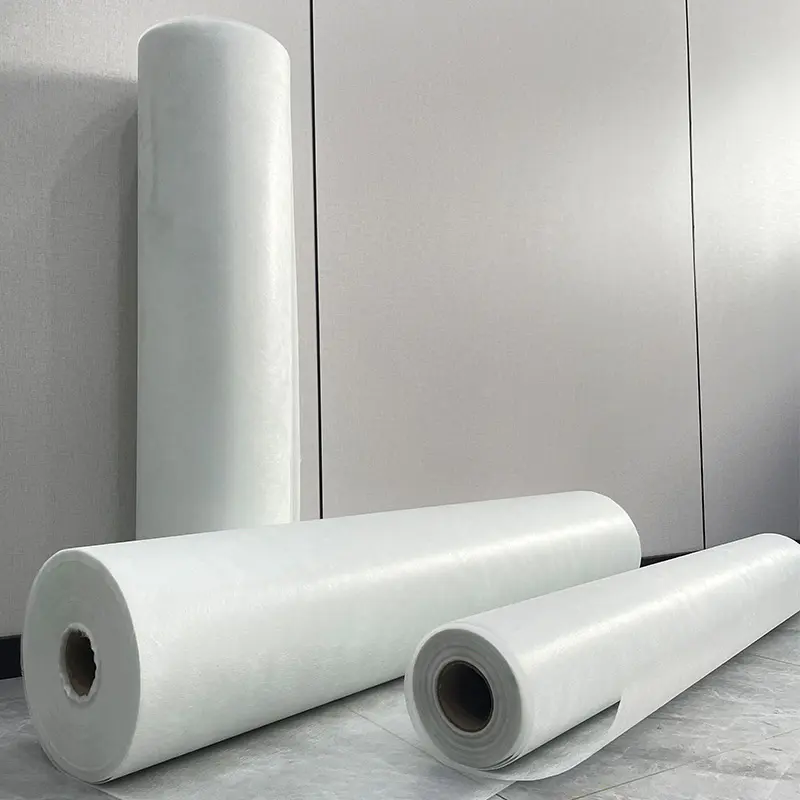

 English
English 中文简体
中文简体 русский
русский Español
Español